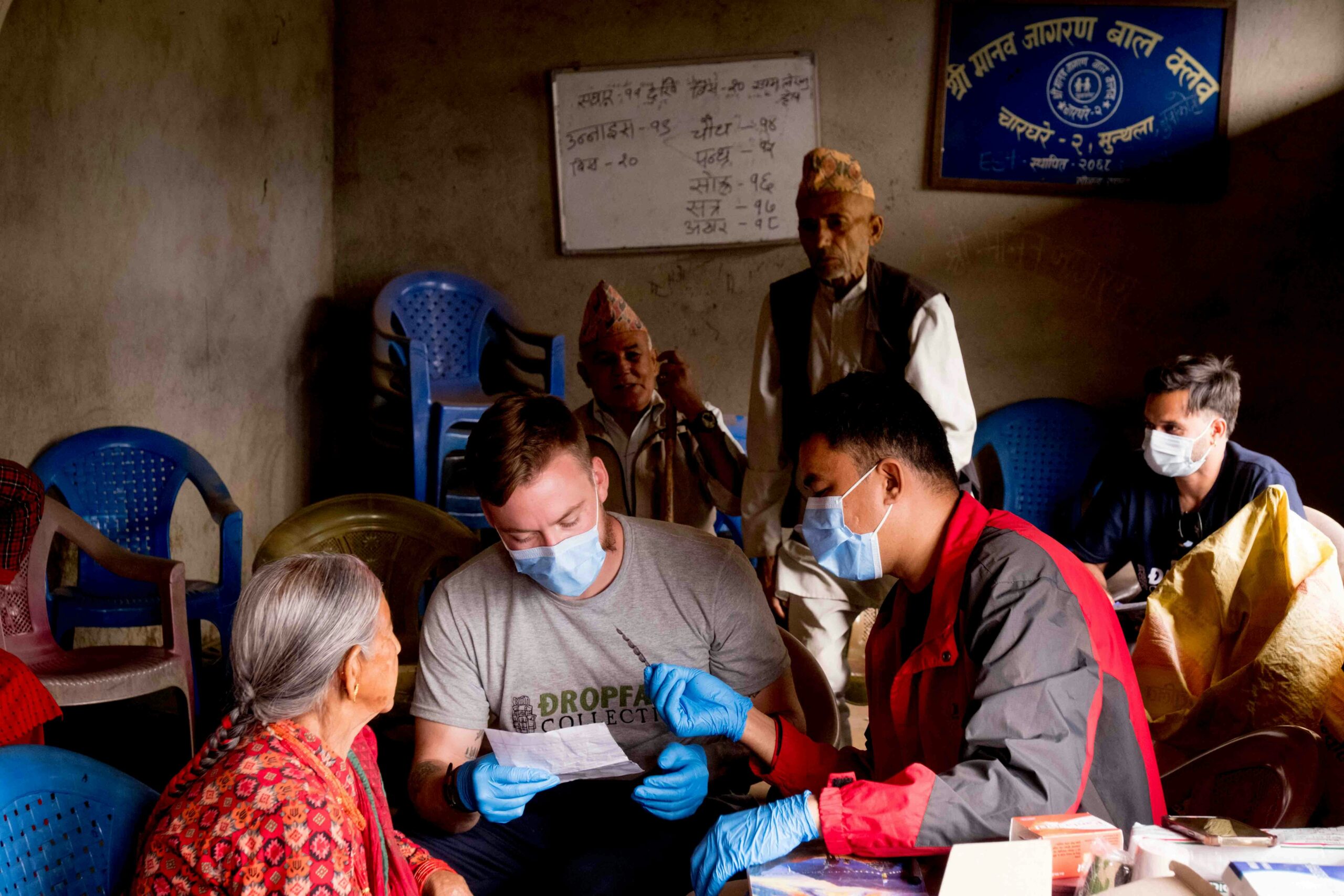
Millions of Americans living in rural areas face unique healthcare challenges, including limited access to medical facilities, fewer healthcare providers, and geographic isolation. For many, the nearest hospital or specialist may be hours away, and these distances can mean delayed treatment and worsening health outcomes. Rural populations often experience higher rates of chronic illnesses such as diabetes, heart disease, and respiratory conditions, making consistent medical attention even more critical.
The rural healthcare divide is not simply a matter of geography—it’s also about infrastructure and resources. Smaller communities frequently lack the funding to support comprehensive healthcare services, leaving residents dependent on overburdened clinics or emergency rooms. This imbalance highlights the urgent need for innovative solutions that can bring care closer to home without sacrificing quality.
Harnessing Telemedicine
Telemedicine has emerged as one of the most powerful tools for addressing healthcare disparities in rural regions. By connecting patients with doctors via video conferencing, phone calls, or mobile apps, rural residents gain access to medical expertise without the burden of travel. This is especially impactful for mental health services, where patients may hesitate to seek help due to distance or stigma.
Beyond consultations, telemedicine supports ongoing care management. Patients with chronic illnesses can regularly check in with providers, share test results digitally, and receive treatment adjustments remotely. This not only reduces unnecessary hospital visits but also allows providers to monitor health trends and intervene before emergencies arise.
Mobile Clinics on the Move
Mobile health units are another innovative approach to filling gaps in rural healthcare. These traveling clinics bring essential services directly into communities, providing preventive screenings, vaccinations, and even dental care. For many rural families, mobile clinics are their only point of contact with healthcare providers throughout the year.
These services are particularly valuable in regions with aging populations. Seniors often struggle with mobility and transportation barriers, making mobile clinics a lifeline. By setting up regular visits, healthcare systems can foster trust within communities while ensuring preventive care reaches those who might otherwise go without.
Expanding Workforce Solutions
One of the most pressing challenges in rural healthcare is the shortage of professionals willing to practice in these areas. Recruiting and retaining physicians, nurses, and specialists requires creative workforce solutions. Loan forgiveness programs, rural residency tracks, and incentive packages are helping draw new talent into underserved regions.
In addition, community health workers play an increasingly important role. Trained from within the community, they provide culturally sensitive care, bridge communication gaps, and guide residents through healthcare systems. Their presence enhances trust and ensures that local needs are met in ways that outside providers may not fully understand.
Technology Beyond Telehealth
While telemedicine is critical, other technologies are also transforming rural healthcare. Remote patient monitoring devices allow providers to track blood pressure, glucose levels, or heart rhythms from afar. These tools help patients stay engaged in their own care and enable physicians to intervene quickly if results fall outside safe ranges.
Artificial intelligence and data analytics are also being leveraged to predict healthcare trends in rural populations. By analyzing community health data, providers can anticipate outbreaks, identify high-risk patients, and allocate resources more efficiently. These tools help stretch limited resources while ensuring that care reaches those who need it most.
Partnerships and Policy Support
Long-term solutions require more than technology and innovation—they also demand structural support. Partnerships between hospitals, nonprofit organizations, and government agencies can bring additional resources into rural areas. Federal initiatives such as the expansion of broadband internet are vital for sustaining telehealth services, while grants and subsidies help fund local clinics and mobile units.
Policy reforms play an equally important role. Expanding Medicaid, increasing reimbursement for telehealth services, and investing in rural health infrastructure ensure that innovative solutions are not temporary fixes but lasting improvements. Without supportive policies, even the most promising innovations risk falling short of their potential.
Building Trust Within Communities
Finally, no healthcare initiative can succeed without trust. Rural communities often value close-knit relationships and may be hesitant to adopt unfamiliar technologies or programs. Building partnerships with local leaders, churches, and schools helps bridge this gap. By involving community voices in decision-making, healthcare providers ensure that solutions are tailored to real needs.
Trust also grows through consistent presence. Whether it’s a mobile clinic returning regularly, a telemedicine provider available for follow-ups, or a local health worker visiting homes, continuity of care reassures patients. Over time, these connections encourage greater engagement with healthcare services and healthier outcomes overall.